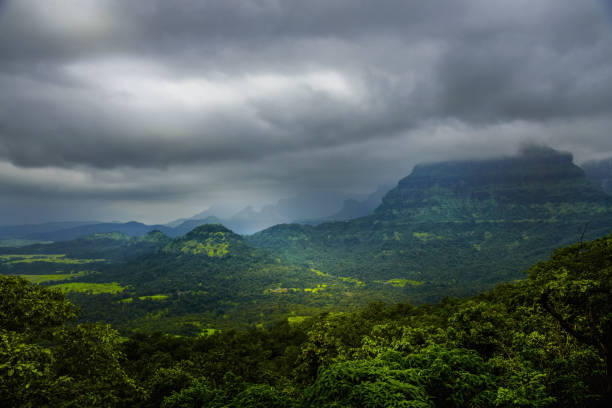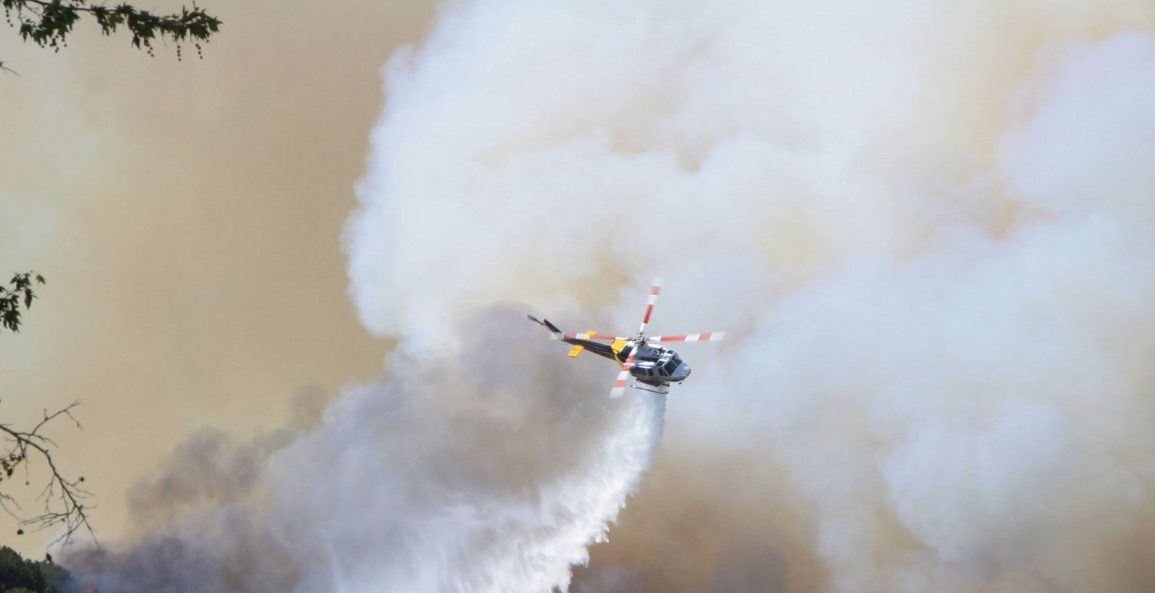Southern Australia is bracing for extreme fire danger this weekend as soaring average temperatures and strong winds pose a significant threat across the region.
The Bureau of Meteorology (BoM) has reported that temperatures in Western Australia’s interior are expected to reach levels up to 16°C above average, driving a heatwave eastward.
On Saturday, Adelaide will experience a dramatic rise in temperatures, reaching a maximum of 35°C, while western parts of South Australia could see temperatures soar to 40°C.
Meteorologist Jonathan How warns that rainfall will be minimal, with winds expected to intensify significantly.
An extreme fire danger warning has been issued for several regions, including South Australia’s west coast, the Eastern and Lower Eyre Peninsulas, and areas within the Flinders, Mid North, Mount Lofty Ranges, Yorke Peninsula, Riverland, and Murraylands.
This classification indicates that any fire that ignites in these areas will likely spread rapidly and become extremely hazardous.
Warnings of high fire danger have also been extended to parts of eastern Tasmania and north-western Victoria, with strong winds anticipated to exacerbate the situation.

“Heading into Saturday afternoon and evening, wind speeds will ramp up across Victoria and Tasmania,” said How.
“We may issue damaging wind warnings for elevated areas, particularly in Victoria and the Snowy Mountains of New South Wales.”
As temperatures continue to climb, Parramatta is forecasted to reach 34°C, while Sydney, Albury-Wodonga, Newcastle, and Canberra will see highs of 32°C, 31°C, and 30°C respectively on Sunday.
Following this, a shift in fire danger is expected as conditions move eastward into New South Wales, affecting Sydney and the Illawarra region.
These soaring temperatures come on the heels of the BoM and CSIRO’s recent State of the Climate report, which confirmed that average temperatures in Australia have risen by 1.5°C since 1910.
Last month was recorded as the second-warmest October on record, with mean temperatures 2.51°C above the 1961-90 average.
Rainfall was also notably deficient, particularly in southwestern Western Australia, with many states experiencing their lowest rainfall levels since 2019.
Residents are urged to remain vigilant and prepared for potential fire outbreaks as this weekend’s weather conditions pose a serious threat to safety across southern Australia.

